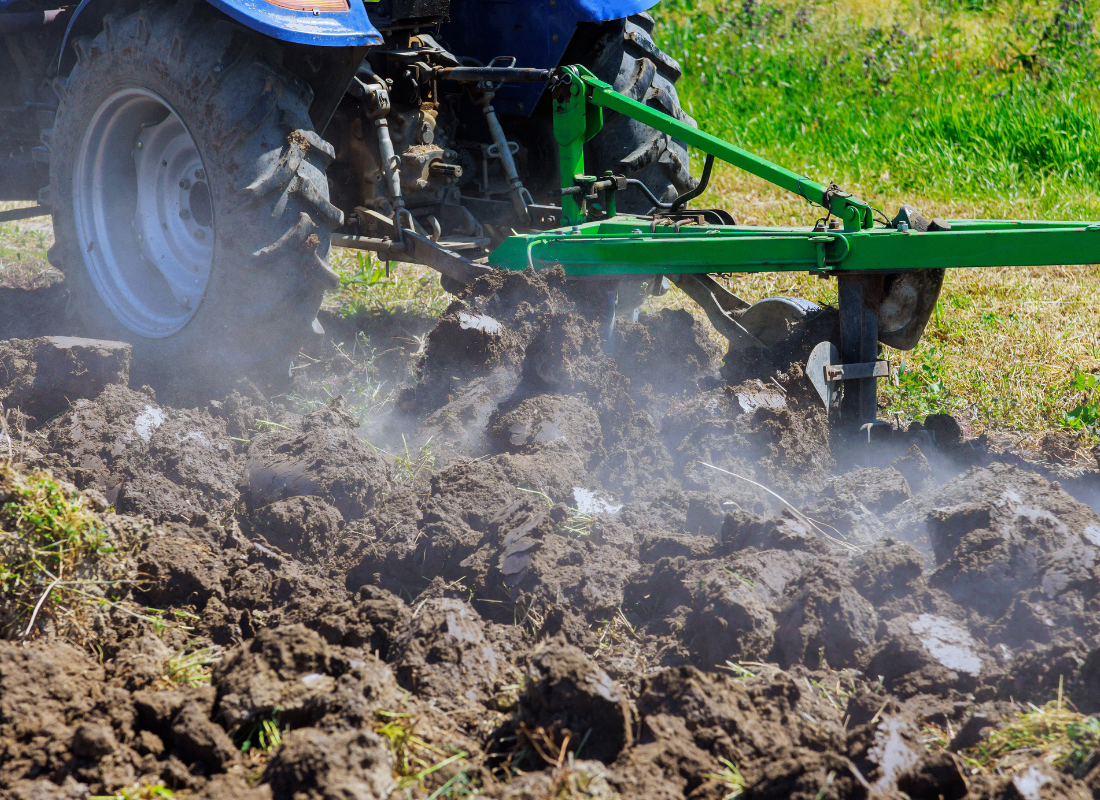
Intensive agriculture, characterized by high-input farming practices and large-scale monoculture, has revolutionized food production worldwide.
However, this agricultural model often comes at a significant cost to the environment, leading to land degradation and ecosystem disruption.
In this article, we delve into the intricate relationship between intensive agriculture and land degradation, exploring the various mechanisms through which agricultural activities contribute to soil erosion, nutrient depletion, and loss of biodiversity.
The Dynamics of Intensive Agriculture
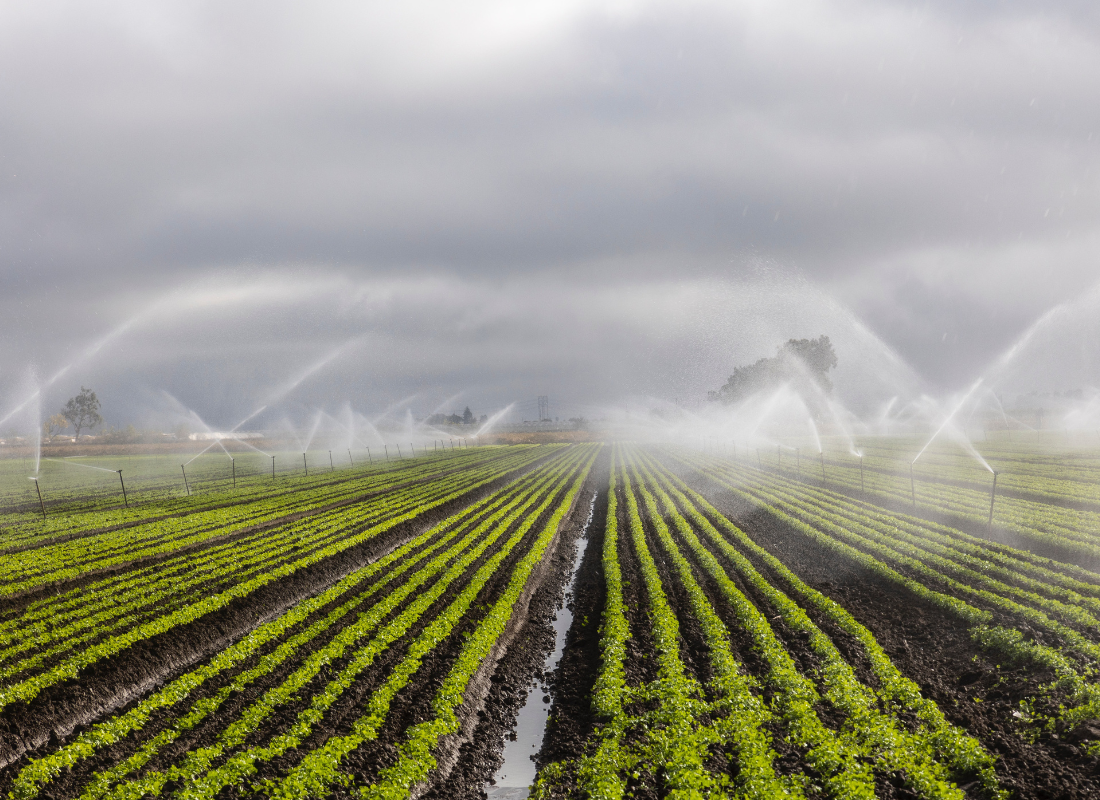 Intensive agriculture relies heavily on mechanization, agrochemical inputs, and large-scale irrigation to maximize crop yields.
Intensive agriculture relies heavily on mechanization, agrochemical inputs, and large-scale irrigation to maximize crop yields.
While these practices have significantly increased agricultural productivity, they also exert immense pressure on land resources, leading to soil compaction, erosion, and loss of soil organic matter.
The widespread adoption of monoculture crops further exacerbates soil degradation, as it depletes soil nutrients and disrupts natural soil ecosystems.
Soil Erosion and Sedimentation
 One of the most pervasive impacts of intensive agriculture is soil erosion, wherein the topsoil is gradually removed or displaced by water or wind.
One of the most pervasive impacts of intensive agriculture is soil erosion, wherein the topsoil is gradually removed or displaced by water or wind.
Excessive tilling, deforestation, and improper land management practices expose soil to erosion, leading to sedimentation in water bodies and degradation of aquatic ecosystems.
According to the Food and Agriculture Organization (FAO), soil erosion affects approximately 1.5 billion hectares of land globally, posing a significant threat to agricultural productivity and environmental sustainability.
Loss of Soil Fertility and Nutrient Depletion
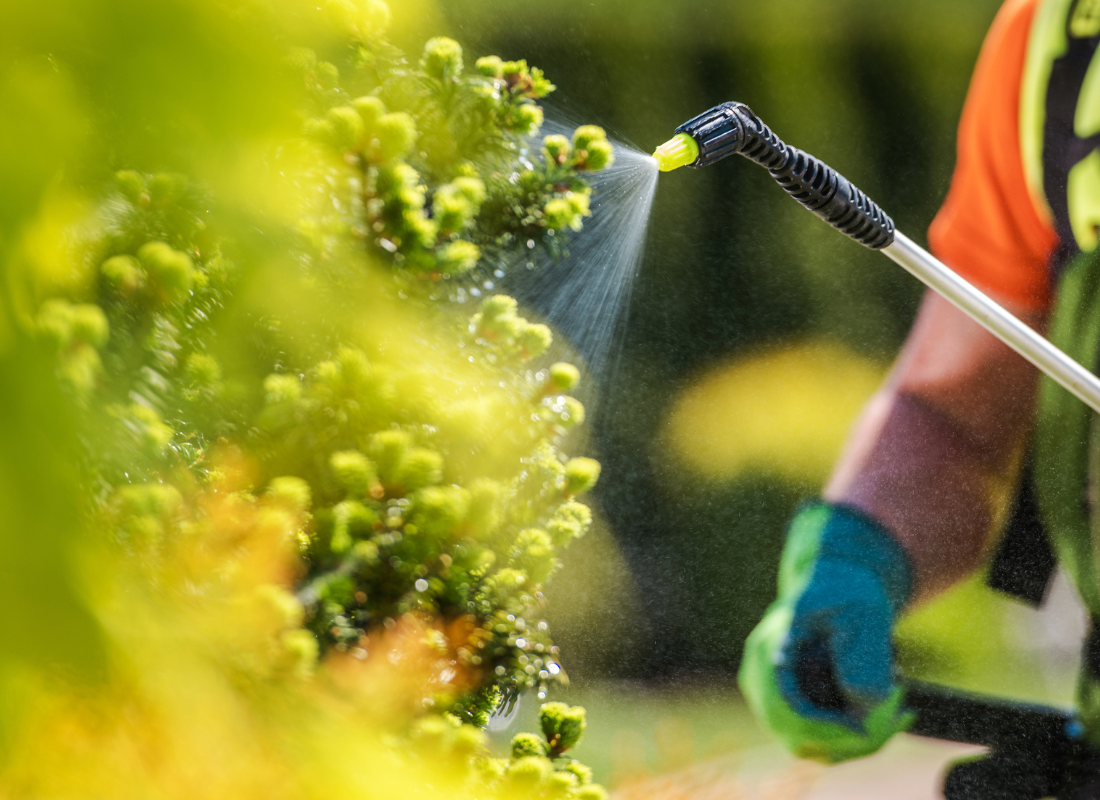 Intensive agriculture often relies on synthetic fertilizers to replenish soil nutrients and maintain high crop yields.
Intensive agriculture often relies on synthetic fertilizers to replenish soil nutrients and maintain high crop yields.
However, excessive fertilizer application can lead to nutrient imbalances, soil acidification, and salinization, rendering the soil less fertile over time.
Moreover, monoculture cropping systems deplete specific nutrients from the soil, leading to nutrient deficiencies and reduced soil biodiversity.
As a result, farmers become increasingly dependent on chemical inputs to sustain crop productivity, perpetuating a cycle of soil degradation and dependency.
Biodiversity Loss and Habitat Fragmentation
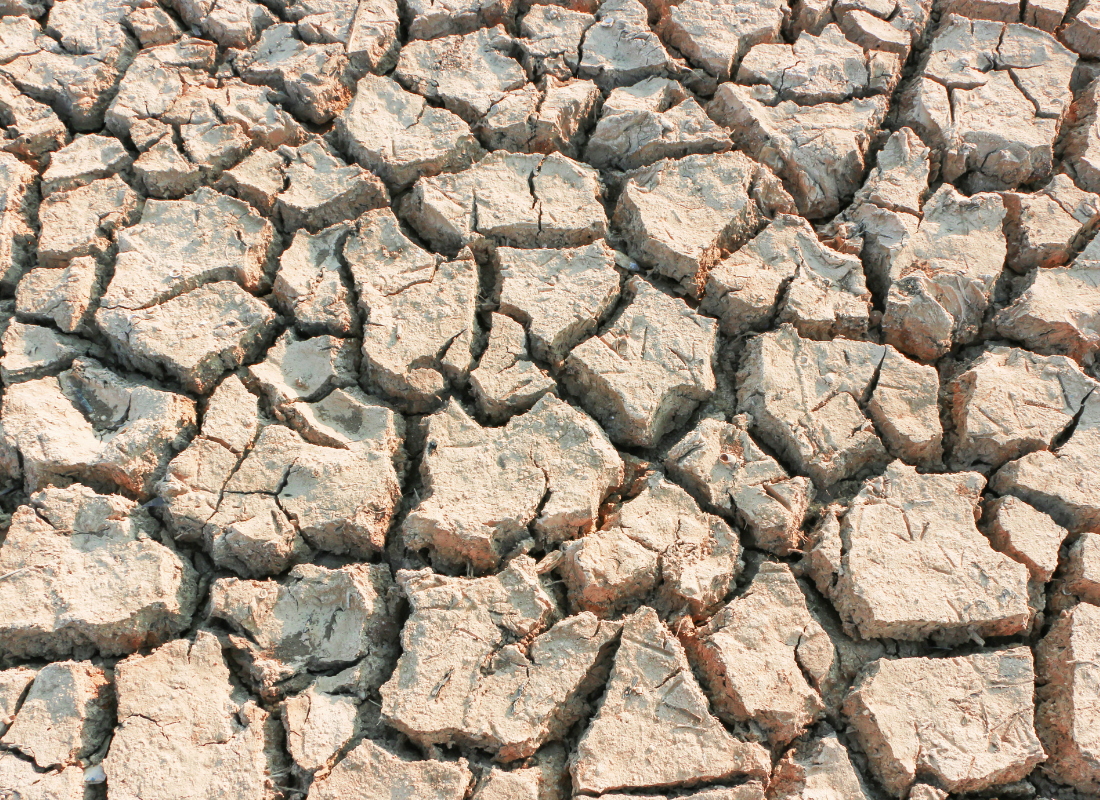
Intensive agriculture has significant implications for biodiversity, as it often involves the conversion of natural habitats into agricultural land and the use of agrochemicals that harm non-target organisms.
Habitat loss and fragmentation disrupt ecological processes, diminish wildlife habitats, and contribute to the decline of plant and animal species.
According to the World Wildlife Fund (WWF), agricultural expansion is the leading cause of deforestation in tropical regions, threatening biodiversity hotspots and undermining ecosystem resilience.
Water Pollution and Contamination
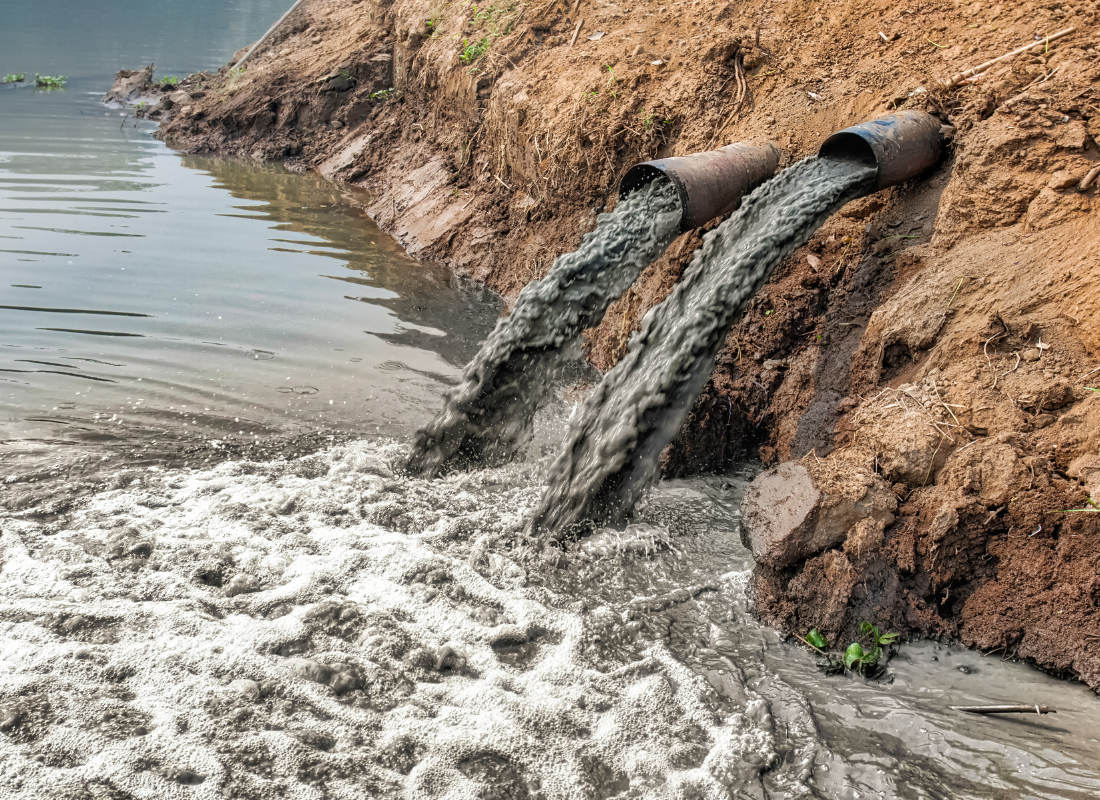 The use of agrochemicals such as pesticides, herbicides, and fertilizers in intensive agriculture contributes to water pollution and contamination, posing risks to human health and aquatic ecosystems.
The use of agrochemicals such as pesticides, herbicides, and fertilizers in intensive agriculture contributes to water pollution and contamination, posing risks to human health and aquatic ecosystems.
Runoff from agricultural fields carries chemical residues into surface water bodies, contaminating drinking water sources and harming aquatic life.
Moreover, nutrient runoff from fertilized fields can lead to eutrophication, wherein excessive nutrient levels stimulate algal growth and degrade water quality, leading to oxygen depletion and fish kills.
Conclusion
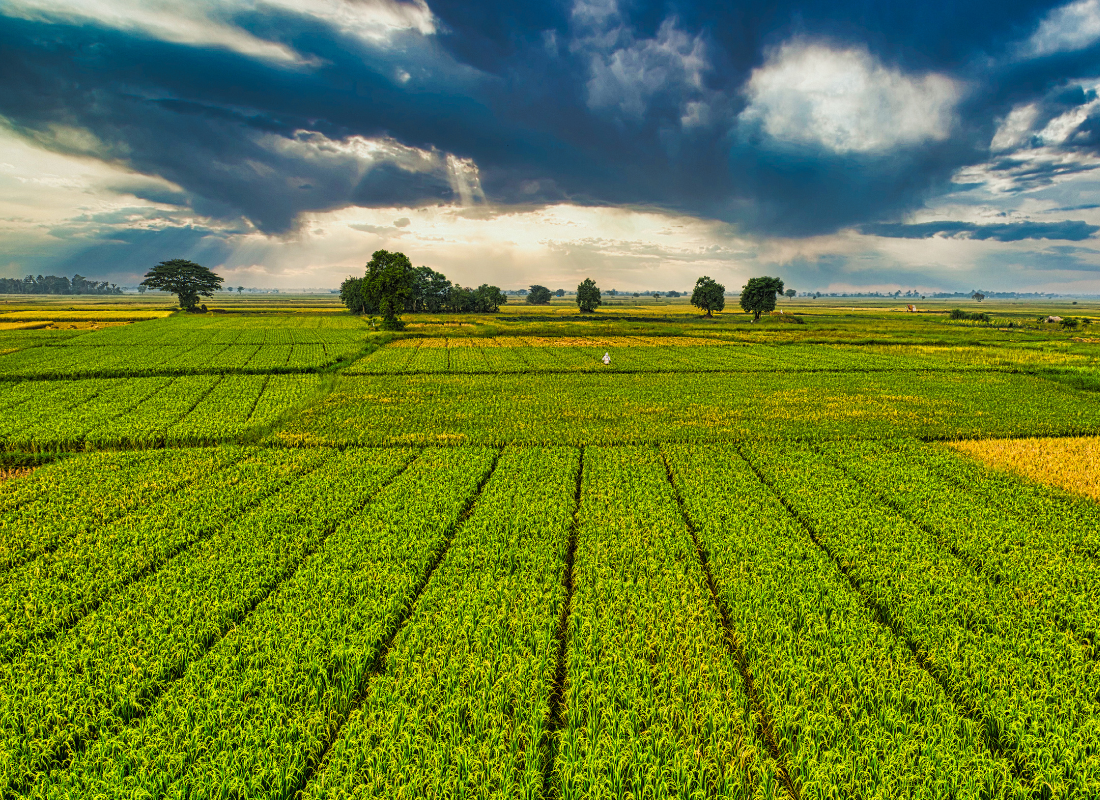 Intensive agriculture has undeniably transformed global food production, but its unchecked expansion has led to widespread land degradation and environmental destruction.
Intensive agriculture has undeniably transformed global food production, but its unchecked expansion has led to widespread land degradation and environmental destruction.
To ensure the long-term sustainability of agricultural systems, it is imperative to transition towards more regenerative and ecologically sound farming practices.
By prioritizing soil health, biodiversity conservation, and water stewardship, we can mitigate the adverse impacts of intensive agriculture on land degradation and safeguard the health and resilience of our ecosystems for future generations.




